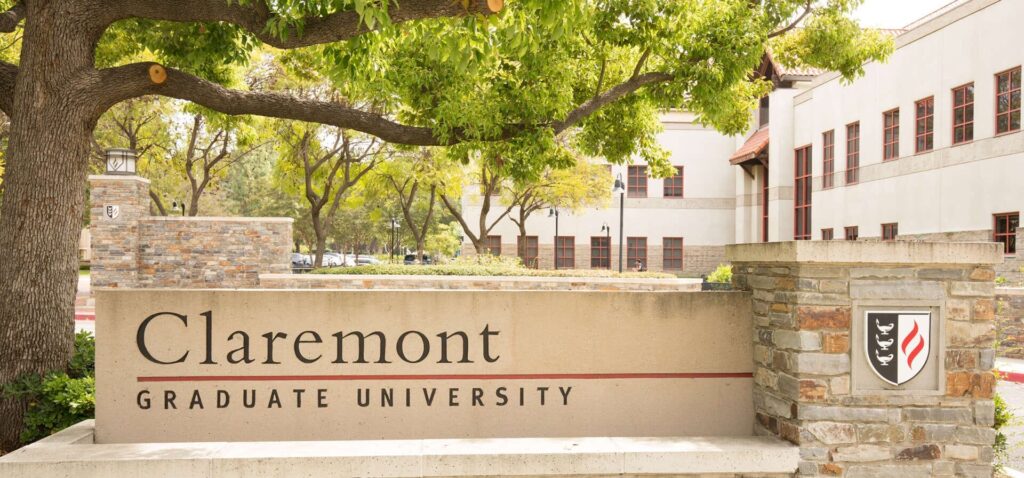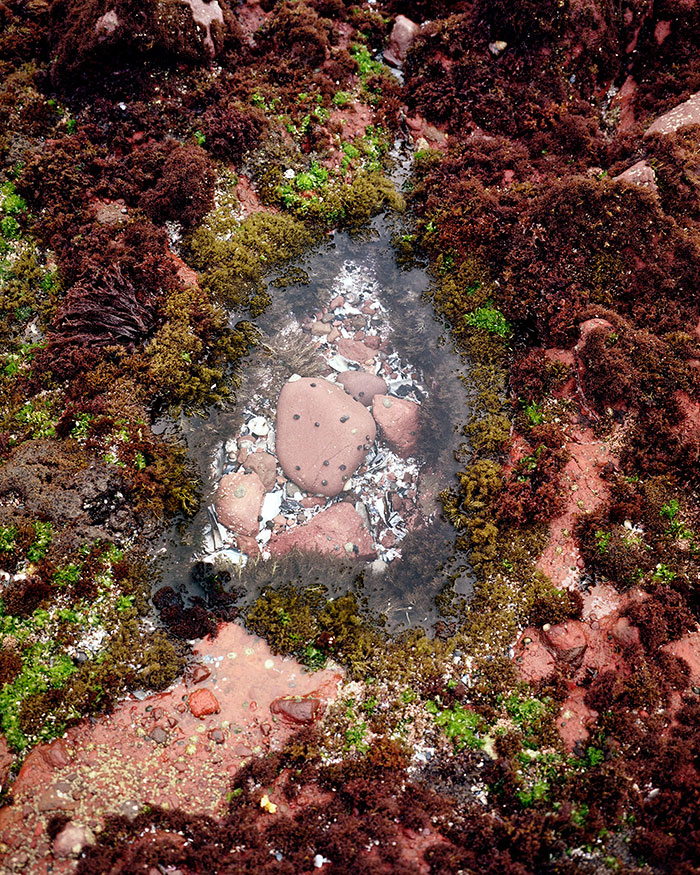‘Chronic’ drought conditions lead to water rationing

Due to the continuing drought, beginning June 1 residents will be asked to use above ground sprinkler systems just once per week for eight minutes per watering station. Drip systems and had watering of trees can still be done more than once per week but most households will have to cut water consumption by 20%. COURIER photo Steven Felschundneff
by Steven Felschundneff | steven@claremont-courier.com
Faced with chronic drought conditions, dwindling supplies and a less that stellar snowpack, the Metropolitan Water District declared a water emergency last week, requiring all agencies served by the State Water District to cut usage dramatically.
The order affects agencies that serve roughly six million people in Ventura, Los Angeles and San Bernardino counties, including Three Valleys Municipal Water District and the City of Claremont.
Beginning June 1, outdoor watering with above-ground sprinkler systems will be limited to one day per week for no more than eight minutes per watering station. The main culprit in outdoor water consumption remains the many lawns in the city, and the watering restrictions are focused on reducing that type of irrigation. Using drip systems and hand watering of trees will be allowed more than once per week. However, most households will be required to cut consumption by 20%.
Golden State Water sent a letter last week to help customers understand the new restrictions and assist in calculating the target amount of water that must be conserved. To arrive at the new allotment, the company used each household’s 2020 monthly water usage as a baseline and deducted 20%. For example, if a homeowner used 12 centum cubic feet of water in June of 2020, they will be asked to reduce their usage to about 10 CCF in June of this year.
The letter says that on April 20, Three Valleys voted to move to a level five water contingency plan, urging a 50% reduction in water use for areas dependent on the state agency. The MWD has warned that if we do not cut back now the city could be “limited to providing only enough water to meet health and human safety needs.” If that happened, there would be no landscape watering at all.
The average Claremont household uses 30% of its water on irrigation, so even those on drip systems will have to cut back significantly to achieve that 20% reduction.
While that will undoubtedly cause considerable consternation for avid gardeners and their beloved plants, there are tips to help plants survive, including watering deeply but infrequently, applying the water directly to the soil at a slow trickle to avoid runoff and adding mulch to garden beds to help keep the soil moist. Focus irrigation on trees and bushes while avoiding fertilizing or pruning, which stimulate growth.
There are, of course other ways to save water, such as installing low-flow shower heads, taking shorter showers, turning on the faucet only to rinse dishes, repairing leaks and buying water-efficient appliances.
“We want customers when they do water to water wisely on their property,” Golden State Water Company’s Foothill District Manager Ben Lewis said. “We don’t want water wasters whether it be inside or outside the home. So we do encourage people to use water more effectively and efficiently.”
During the ongoing drought, many Claremont residents have already made significant water saving upgrades to their homes and may have few options to cut usage further. Not to worry, according to Lewis no one will be asked to use less than eight CCF per month, and anyone close to that minimum threshold who cannot find more ways to conserve,will not be penalized. Also, if someone became a customer last year, the water usage of the former residents will not be used as a baseline, instead the company will work with that ratepayer to come up with a plan.
“There have been a number of customers who have done a great job in terms of water [usage,]” Lewis said. “So if you are at 10 [CCF] getting down to eight may be difficult so we will work with those water users.”
For Claremont, and the region, it’s 2015 all over again, as we return to mandatory water restrictions. Seven years ago there was considerable consternation over dead or dying trees and the brown public parks across town. But much has changed since then, according to Public Information Officer Bevin Handel.
The city has been removing turf from parklands where it is practical, and replacing old water-hungry plantings with drought-tolerant species on drip systems. Handel cited the landscaping at city hall as an example of an area which has been completely overhauled to lower water demand.
“We want to reduce our water usage, but we have also put in different systems which are more efficient,” Handel said. “We have the smart irrigation meters that test the soil, they are able to tell the soil conditions and water accordingly.
City staff will be coordinating with Golden State to fulfill its 20% reduction in usage, but hope to avoid the brown park phenomenon this year, particularly forathletic fields that are used by the city’s many sports teams.
“We have been through this and have a plan. It’s easier than it was in 2015.” Handel said.
The city will be conducting an informational campaign on watering both personal and city trees including advice on deep watering, which is good for maintaining trees’ health. The smaller municipal trees will be outfitted with water bags again and residents are encouraged to help by watering the street trees in front of their homes.
“If we notice [street trees] are not getting enough water we will have to put in place some kind of plan to supplement watering,” Handel said.
According to the National Weather Service, Claremont has received 13.73 inches of rain during the current season, which began on October 1, 2021. That’s within the normal range for the rainy months, however, the drought is a multi-year event, meaning it takes more than one “normal” year to replenish the groundwater.
“The challenge we have is that we are in a chronic drought, so if you go back and look at it for the last five years, you see those issues when its been really dry.” Lewis said. “So what we are finding out is when we get a good rain event, the water is replenishing the soil.”
He used the example of a dry sponge that if left out in the rain will soak up a lot of water before a puddle forms, so even with nearly 14 inches of rain, the water basin is still not sufficiently recharged.
Golden State sources about 45% of it water from the State Water Project and the rest from local sources. As such, it is heavily affected by the restrictions coming from the state agency, which are tied to precipitation levels in Northern California, in particular the Sierra snowpack.
“The snowpack is really important because that gives the slow release throughout the summer and continues our water supply as we move through the summer, and this year we did not get the rainfall and the snowpack associated with it. That is why the Department of Water Resources and the State Water Project declared this emergency,” Lewis said.











0 Comments